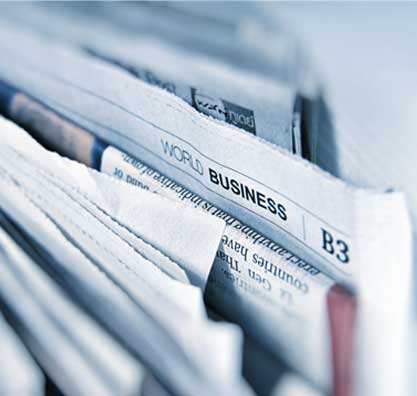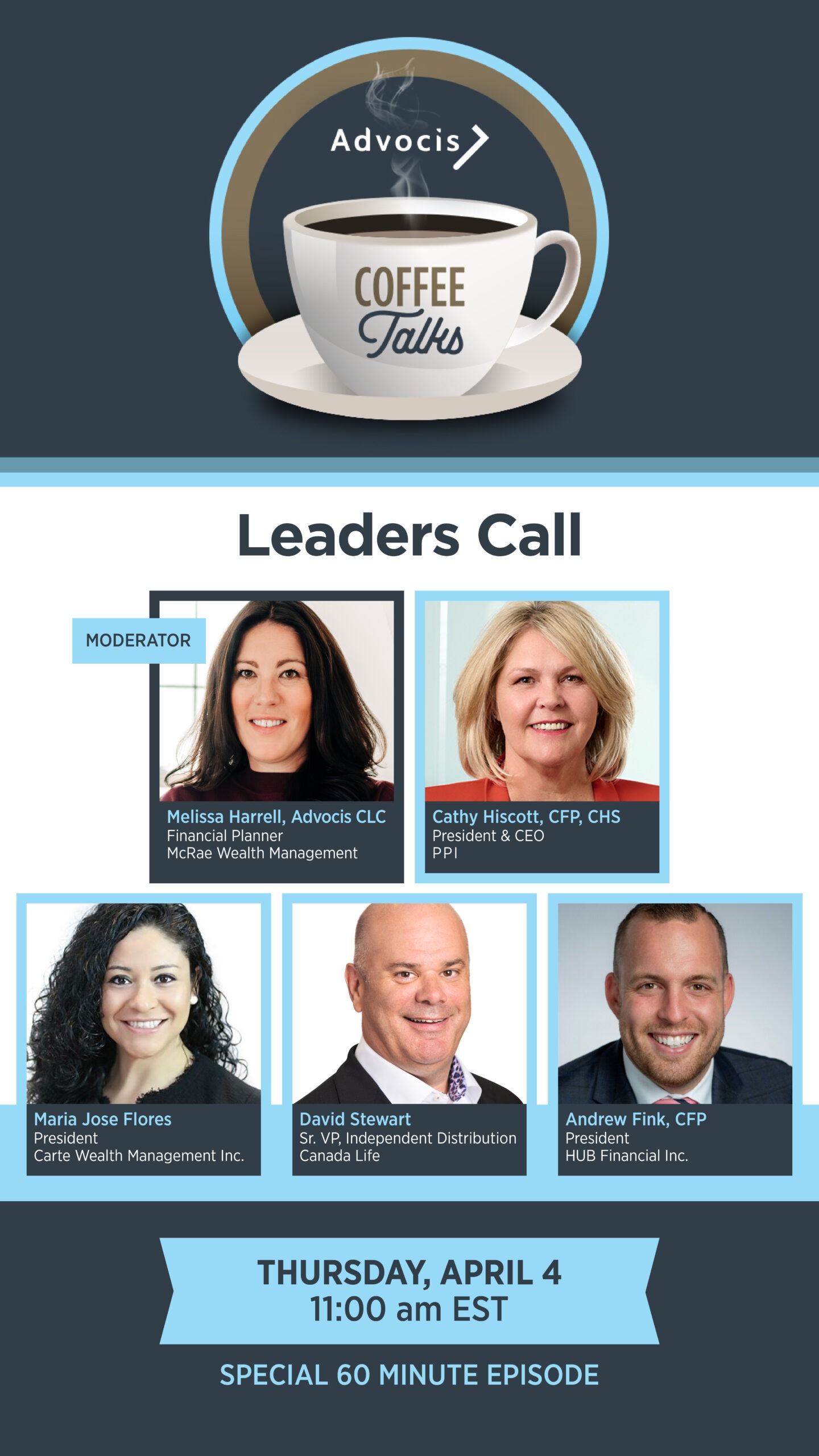(From the January 2022 Edition of eFORUM)
By Kelly Maxwell
With client-focused reforms (CFRs) imminent, it’s important to find ways to turn these new requirements into an opportunity to better serve your clients. After all, the reforms are focused on protecting the best interests of your clients! Rather than ticking boxes to meet the new standards, enhance the client experience and you will likely find that your advisory practice becomes a better one.
One way you can enhance your practice while also adhering to the new rules is to take better meeting notes. Our coaches work with many of their clients in this area. It might sound like a small task, but documentation is so critical. And for those that think they don’t have the capacity to implement the new client reforms, meeting notes will actually save you a lot of time going forward.
Without proper notes during a client meeting, time passes and things get misplaced or forgotten. Notes help you to understand next steps and to make sure nothing falls through the cracks. If you can incorporate your notes into your Contact Management System (CRM), even better. That way all team members have access to all the client history in an organized way.
Here are some best practices to consider:
1. Have an assistant sit in on meetings with higher-end clients to take notes and do the follow-up
You want to be able to focus on your client discussion, so having someone else take the notes makes it easier for you to have a conversation with minimal distractions. The notetaker will be focused on capturing everything, so it’s not likely that anything will get lost. It also creates an enhanced experience for clients because they have a team of two or more supporting their needs during their meetings. They can trust that everything was captured and won’t question or second-guess decisions later in the year. You can refer back to the notes to see exactly what was decided and why via your CRM.
2. Create templates for meeting follow-up
Regardless of the client, many topics will be consistent across your client base. Bring a templated document into the meeting and make sure each section is filled out before the meeting ends. You can reference it at the end to make sure everything has been covered and even send it to your client as a follow-up. Things to include:
- Date and location (i.e., phone, virtual, in-person)
- Outlined topics of discussion
- Additional topics that come up
- Recommendations and trade instructions
- Follow-up date and time if required
- Action items
- Other notes
You may decide to add some items, depending on your advisory practice. Include anything that would be helpful for your team to reference in the future. You may modify as you decide what works best for your team.
3. Block time after the meeting to get started on action points
Utilize this time to type out remaining notes and ideas. You may also choose to use dictation if you don’t like typing. Send a copy to the clients with an action list — even point form is fine. They can review and let you know if they can think of any outstanding items. Maintain the process of blocking time to do this so you avoid getting behind.
My colleague, Heather Amlin, knows the importance of meeting notes all too well. In fact, when she worked within her husband’s financial advisory practice, meeting notes saved them in more ways than one.
They had an issue where a client had booked a meeting to challenge their team on the non-disclosure of fees. They were able to retrieve the letter and previous meeting notes communicating this information. The client hadn’t read that part or forgot about it. The meeting notes can save a lot of time and further prove to your clients that you are an organized professional.
In most cases, meeting notes help keep the business running smoothly and help you enhance the client experience. In other cases, they can help protect your reputation and credibility.
Kelly Maxwell, BBA, is a digital marketing coach at The Personal Coach.








